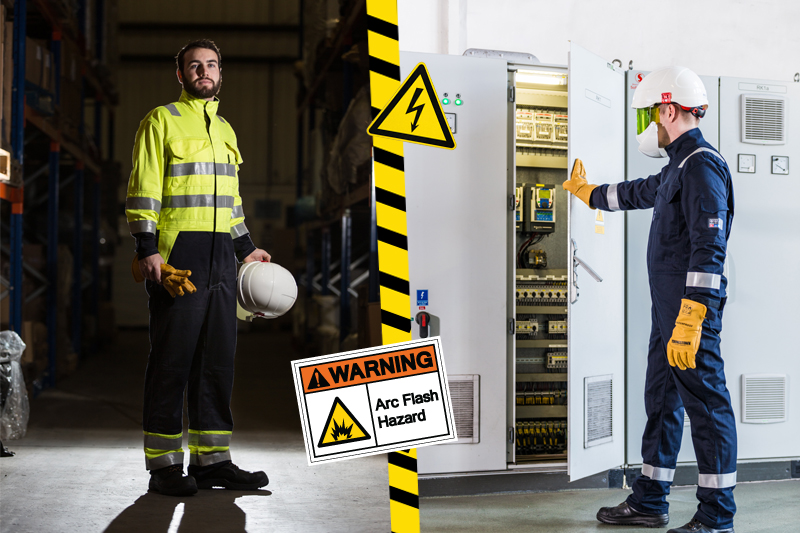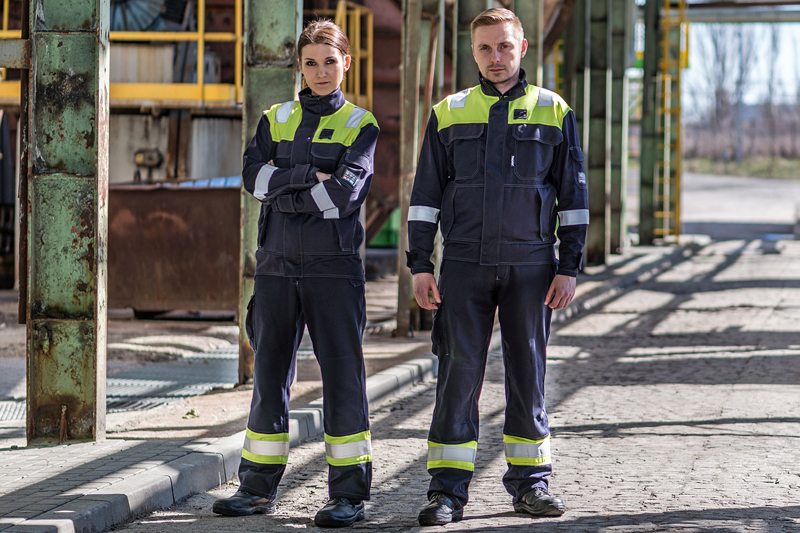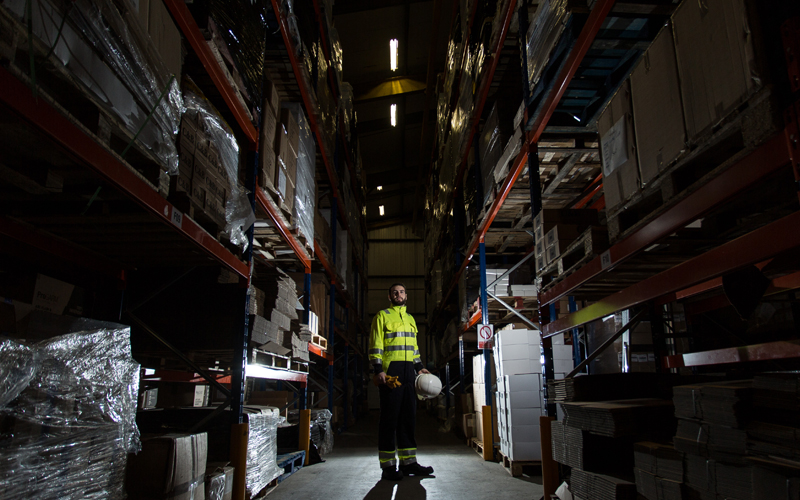Your customers may know they are at risk of an Arc Flash incident, but when it comes to the severity and real dangers posed by such an incident, it’s rare that teams are fully in the loop.
These nine shocking facts shine a spotlight on the life-changing risks an Arc Flash incident creates. First, what exactly is an Arc Flash? Hamilton Smith, Technical Sales Manager at specialists in Arc Flash protective wear, ProGARM, explains:
An Arc Flash happens when an electrical discharge travels through the air and releases an intense burst of energy. This occurs when an electrical discharge or short circuit moves through the air as a result of voltage spikes, worn connections, cable strikes or gaps in insulation. This flash is capable of causing serious harm to anyone caught by it, but here are some of the less known, yet shocking facts about an Arc Flash and the damage they can cause.
Top shocking facts
- Although there are many complex reasons an Arc Flash occurs, they can also happen by simply a rodent, tool or other component being in the breaker area that compromises the distance between energised components. This means you never truly know if you’re at real risk or not. The solution – always ensure you are protected against an Arc Flash incident.
- An Arc Flash can produce some of the highest temperatures known to occur on Earth. The heat released in the initial blast of an electrical arc can reach over 36,000°F, which is four times hotter than the surface of the sun!
- All known materials are vaporised at this temperature, which causes an open expansion of air. These blast pressure waves are so powerful they can throw a worker across a room.
- An Arc Flash is not simply bursts of intense heat and light, it is also incredibly powerful. During an Arc Flash incident, copper expands at 67,000 times its volume. The arcs spray droplets of molten metal at speeds that exceed 700MPH, which can penetrate a worker’s body standing up to 10 feet away.
- The extreme temperature of an Arc Flash, combined with the blast pressure waves, can ignite a worker’s clothes who is 10 feet away from the initial blast.
- An Arc Flash blast can have a sound magnitude of 140dB at a distance of 2 feet from the arc. A sound this loud can result in long-term hearing loss.
- The light generated from an Arc Flash can cause temporary, and sometimes permanent, blindness.
- Although the exact number of Arc Flash incidents is unknown, researches have concluded that around 10% of electrical injuries are caused by an Arc Flash and not just a simple electric shock.
- Industries at most risk of Arc Flash incidents are generally those in continuous use such as Rail, Power Generation, Utilities and Construction.
COMPANY PROFILE:
ProGARM
ProGARM are arc flash and flame resistant protection specialists, below are a few facts about the company.
A family business
Being family and privately owned means that we make decisions that are customer centric first. We make decisions that are good for you and our business, and not to satisfy a short-term financial stakeholder agenda.
A committed team
We have the right people with the right skills, committed to doing an exceptional job for our clients and delivering a fabulous customer experience. We have a culture of keeping our promises and working at ProGARM is to be part of something very special.
Always innovating
Because we’re 100% focused on Arc Flash protection our Design and New Product Development teams are too. They understand Arc Flash intimately and so we innovate faster and more regularly.
Manufacturing control
That means we can be confident in the quality and performance of every garment to perform and keep your team safe. Garment traceability together with ISO 9001 and further Article 11B accreditation are testament to our quality controls and processes.
No compromise
Our garments are the cost-effective choice, and all this is delivered by a team of Arc Flash specialists with great technical expertise and sector knowledge.
“An Arc Flash happens when an electrical discharge travels through the air and releases an intense burst of energy.”




